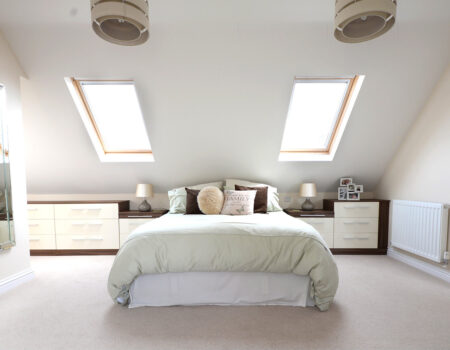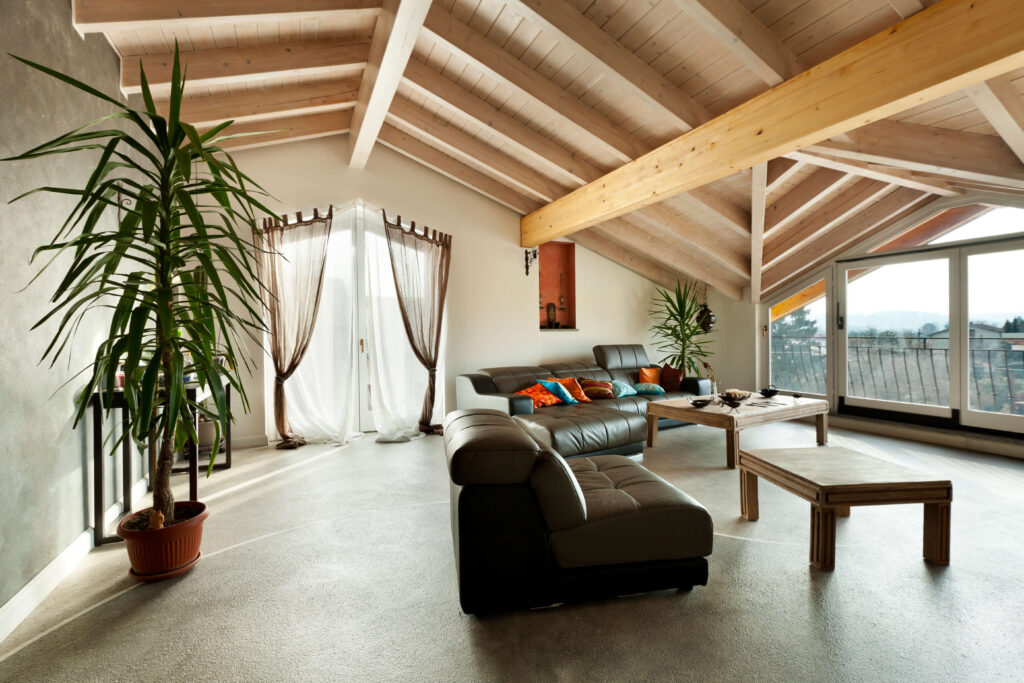If you’re considering a loft conversion, you might be wondering if your loft conversion will need a party wall agreement. Whether you’re new to building development or have gone through the process before, it’s worth taking the time to familiarise yourself with this piece of legal information in order to avoid disappointment further down the line.
This month, we’ll talk you through what a party wall agreement is, the process you will undertake and whether you need one for a loft conversion. A loft conversion can add both value and luxury to your property, so it’s worth ensuring you do your due diligence to help avoid any issues.
What Is A Party Wall?
Put simply, a party wall is a wall you share with any neighbour. If you have a wall in your house which also acts as a wall for your neighbour, this is a party wall.
Party walls are commonly found in terraced or semi-detached houses where walls are used by more than one property. Most of the time it’s the whole wall you share, but sometimes one property may run longer than another and so only counts as a party wall to the point where it is shared by both properties.
A Party Wall Agreement relates to an agreement between yourself and your neighbour when you or they wish to perform work on the shared wall. The Party Wall Act 1996 offers guidance and an in-depth explanation of the legal responsibilities, along with frequently asked questions.
Party Wall Agreement Process
There are a number of works you could be having done to your property which create the need for a party wall process. Where you will be impacting the wall itself, you’re likely to need to create a party wall agreement, this can include:
- Cutting into a wall – whether for weight-bearing beams or damp proofing
- Increasing the height or thickness of the wall
- Demolition of a party wall (even if it’s to be re-built)
- Where flashing is required
- Where underpinning of the wall is required
When carrying out any of this work, you’ll need to have a party wall agreement drawn up, requesting consent from the parties affected by the work. This notice is served to your neighbours and they will have 14 days to grant their consent to the proposed work. After 14 days, if there is no reply, this is classed as dissent to the work (if they have not already dissented) and will then involve arranging for a surveyor for your neighbour to attempt to resolve any issues.
Clearly, if your neighbours agree to the work promptly, you can get your plans underway sooner, so it pays to have a discussion with your neighbours to let them know. A quick, honest discussion can often alleviate a lot of anxiety and waiting, while also helping to maintain a good relationship with your neighbours.
Do I Need A Party Wall Agreement For My Loft Conversion?
The answer to this question depends on whether any of your walls are shared with another property. If you are in a terraced or semi-detached property it’s likely you will need a party wall agreement for a loft conversion. This is because a loft conversion will typically involve inserting supports horizontally from wall to wall (traditional lofts aren’t built to take a lot of weight), or some other form of work on your party wall may be required to create the comfortable space you’re seeking.
If your home stands by itself, not sharing any walls, then you won’t need such an agreement. However, the need for a party wall agreement is not something which should put you off achieving your dreams – at Kingsmead Conversions Ltd, we provide professional advice along with our design service to take the hassle out of converting your loft.
Our professional team can assist you at every stage of the process if you require a party wall agreement, helping you to get your loft conversion project started. Simply contact us today for more details or to discuss your plans for a loft conversion.


